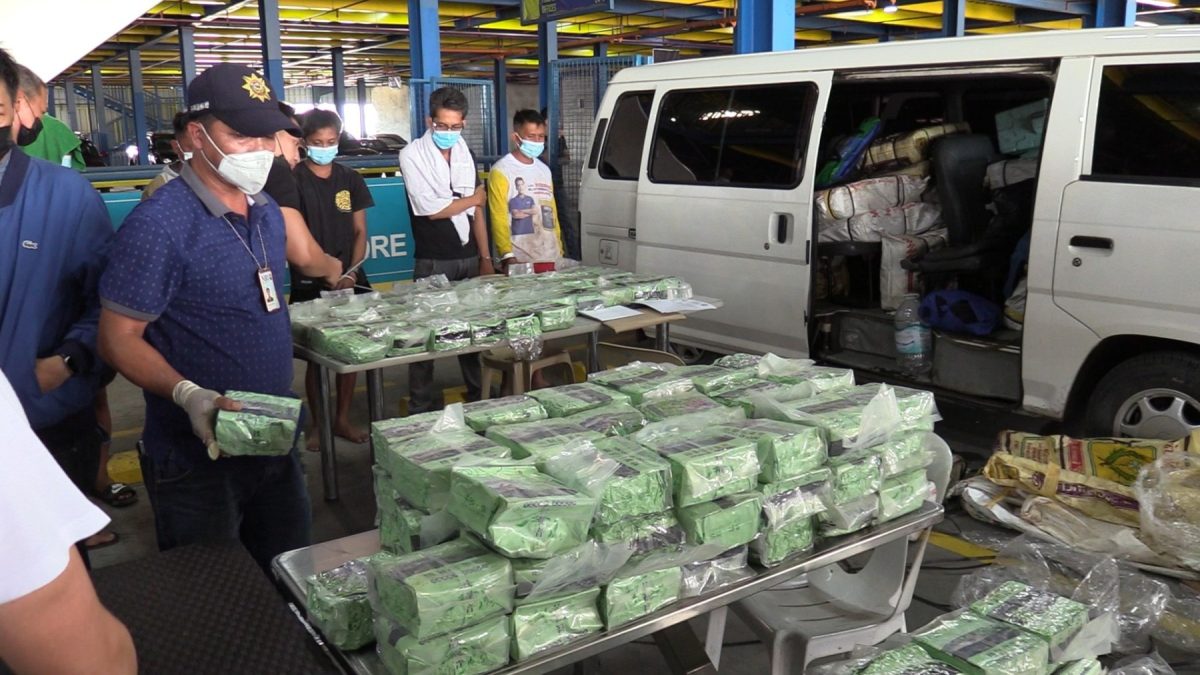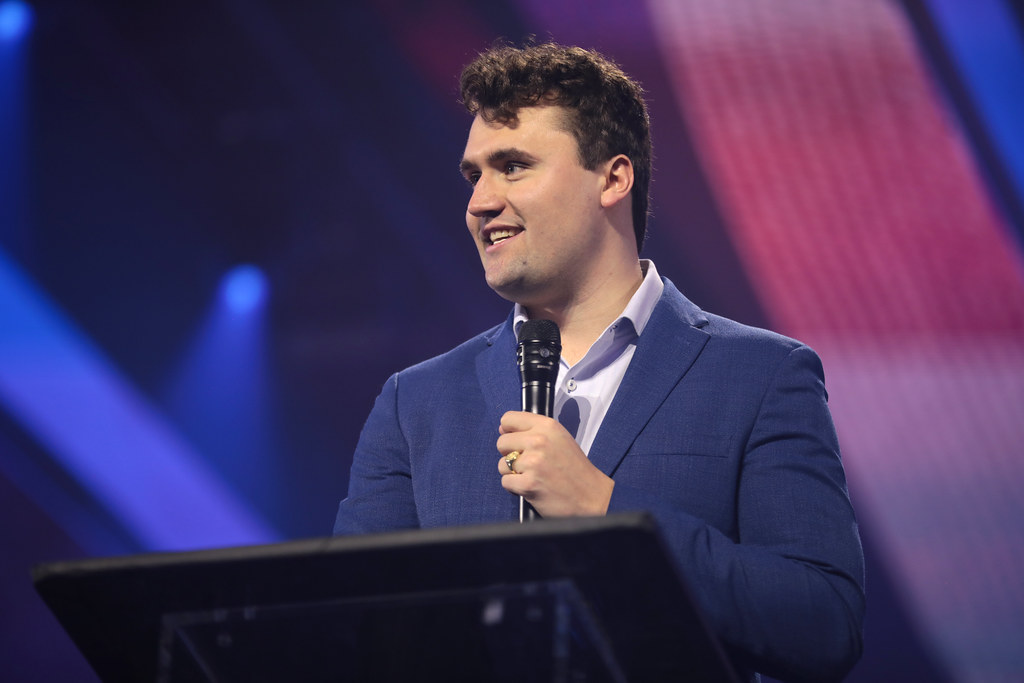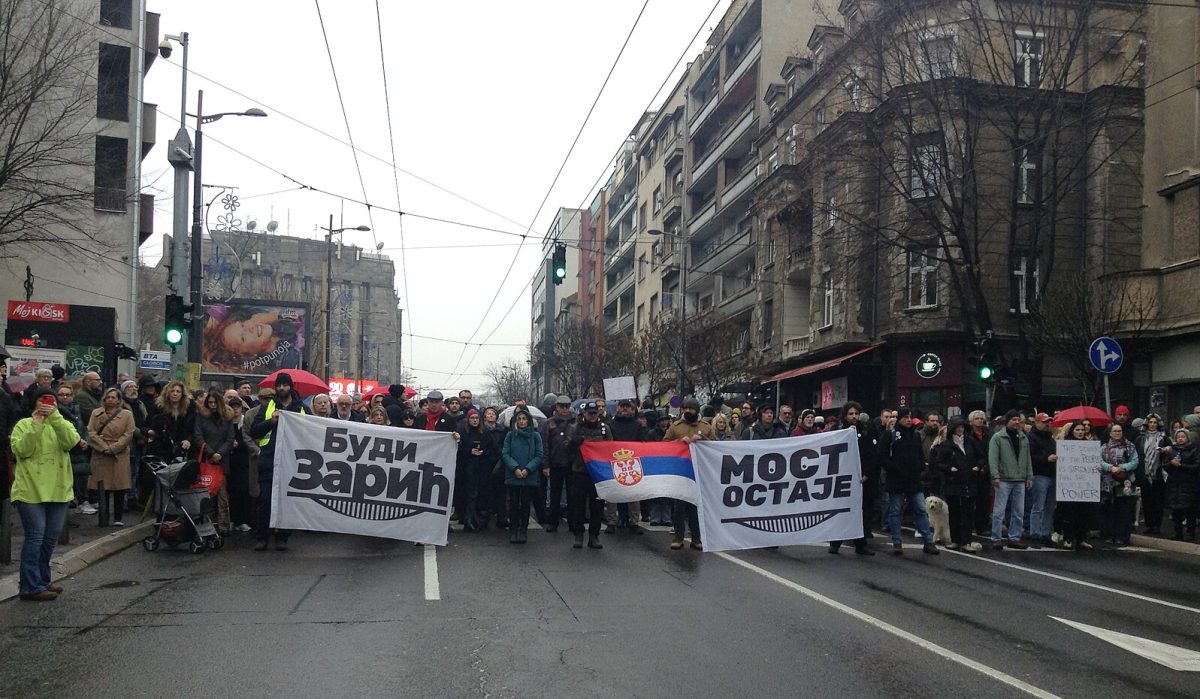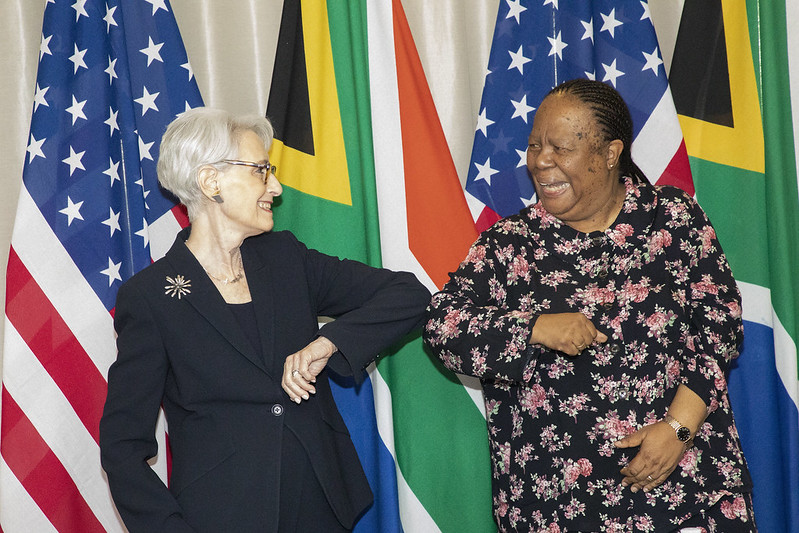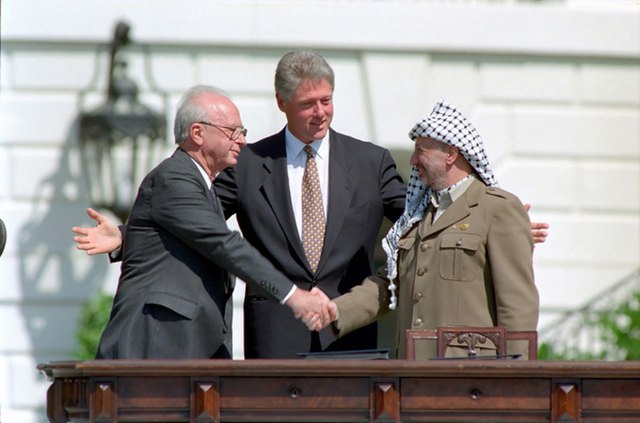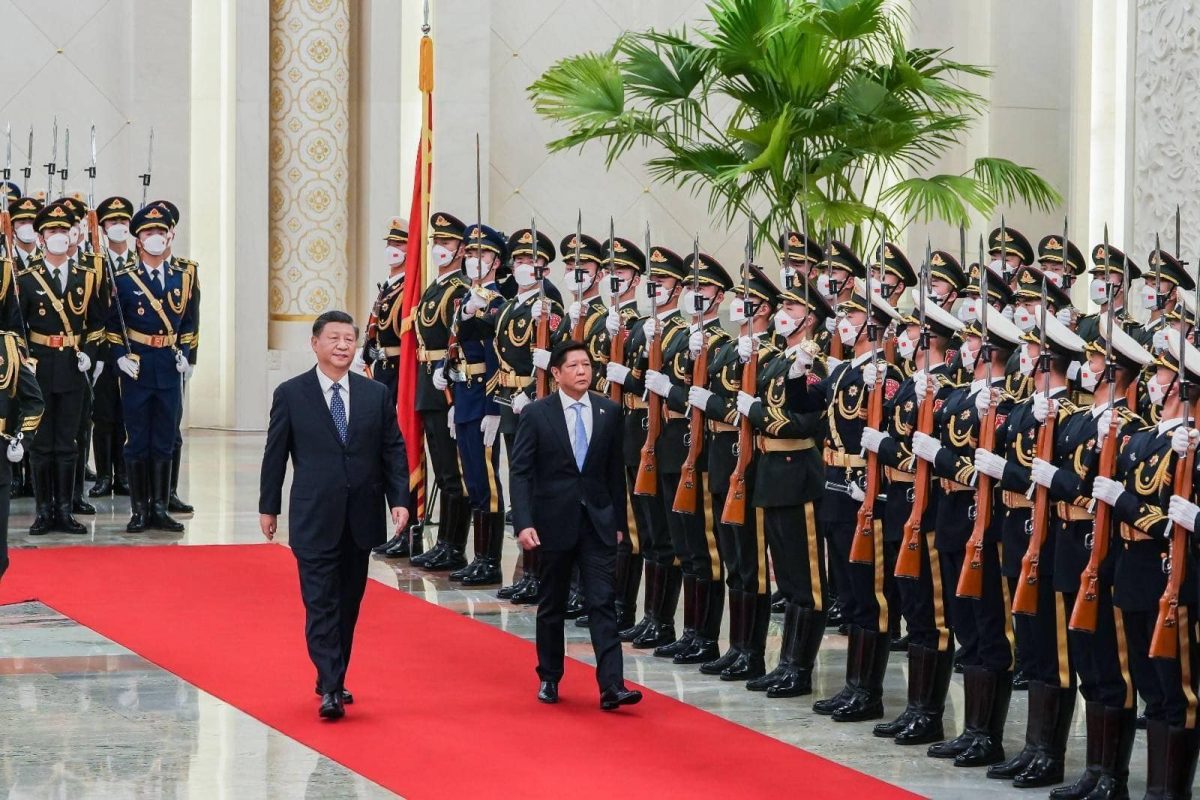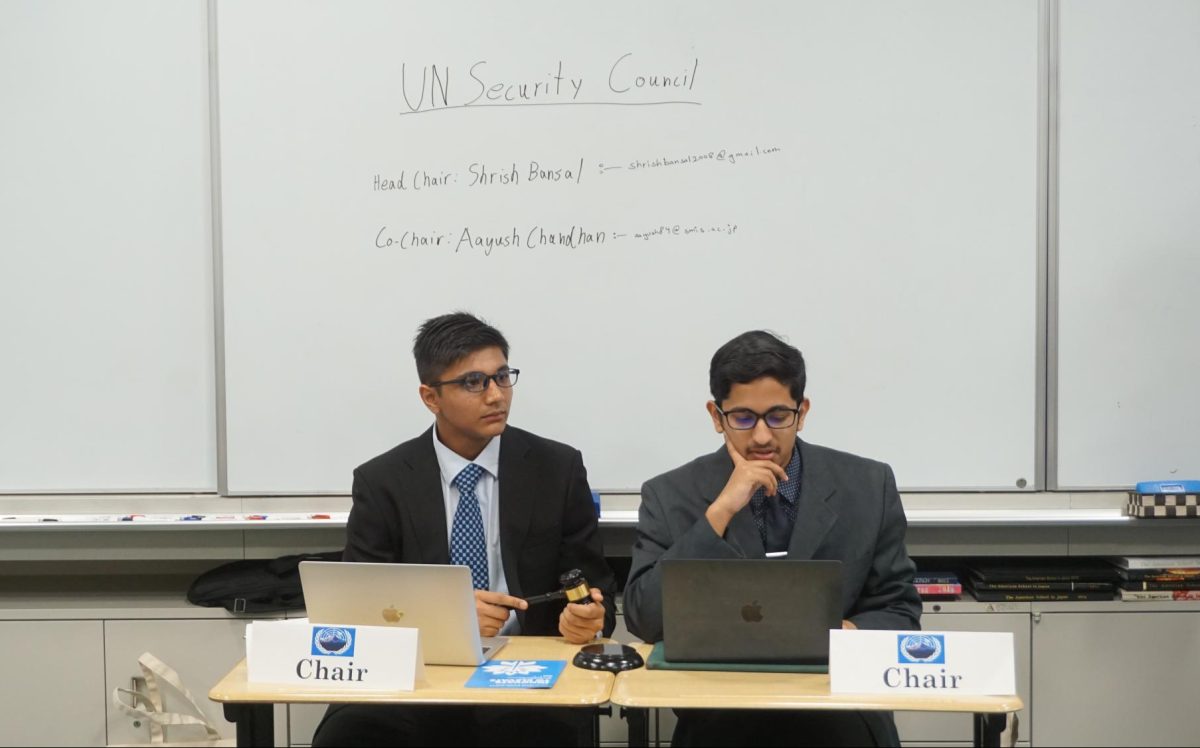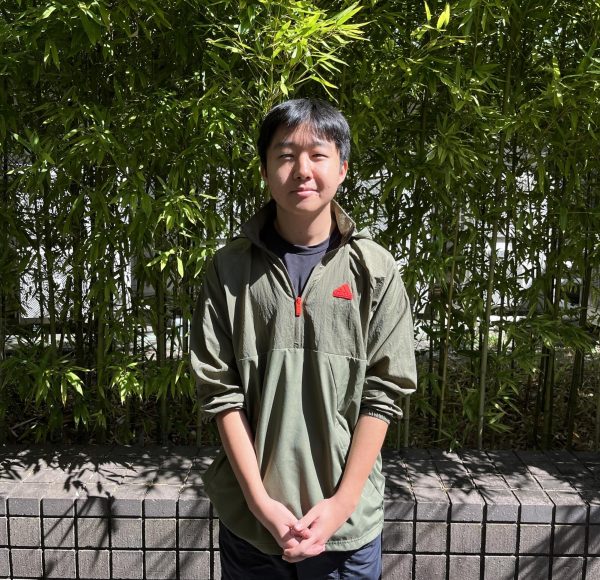It’s 2024, and global tensions are at their highest levels since World War 2. European countries are ramping up arms production, extremism in the Middle East is expanding, and in Asia, militaries are expanding and modernizing. What is happening in different areas of the world, what historical causes are there to explain it, and how could a series of global conflicts affect our lives? Those are some of the questions answered in this multi-part series of articles. This installment will focus on the history of conflicts, tensions, and future possibilities in the Americas, as well as some of its global ramifications.
SECTION 1: Context to Complexities
Throughout this series, I’ve expounded on convoluted conflicts. However, the Americas is a particular situation in which some of the conflicts are incredibly complex, with many belligerents. As such, this article will be split and organized in a different manner.
The first section will go over conflicts with three or more groups vying for control. The second section will be about more conventional conflicts between two belligerents. Finally, I’ll go over the crackdowns on criminal groups and drugs.
SECTION 2: Complex Conflicts (3+ Belligerents)
As mentioned earlier, Complex Conflicts are defined as conflicts with three or more factions fighting for control over a certain region.
Colombia
The internal conflict in Colombia has been ongoing since 1964, with three main groups vying for control: the Colombian Government, drug cartels and criminal organizations, and communist guerillas.
The conflict has its roots in La Violencia, a conflict triggered in 1948 by the assassination of a liberal political figure, Jorge Eliécer Gaitán, and fought between the Government (the military and associated paramilitary groups) and the Colombian Liberal and Communist Parties’ guerilla groups.
The war ended in 1958 with a power-sharing agreement between the liberals and conservatives. This coalition was called the National Front.
In response to the events of La Violencia and the rising influence of communism, the Colombian Government, along with help from the US Military’s Special Warfare division, began forming semi-independent paramilitary groups as a part of Plan Lazo in 1962.
At the same time, even though the war had ended, separate regional and community-oriented Communist guerilla groups were rising in prominence. These groups would come together to form the FARC in 1966, a larger Communist guerilla group.
Over time, the paramilitary groups from the Plan Lazo would grow out of the government’s control. By 1970, the rising cocaine trade, as well as the risk of the elite being kidnapped by the guerillas, found paramilitaries being used primarily to protect the interests of the Colombian Elite rather than the Government.
By 1987, the Colombian Government started taking steps to combat the formerly Government-aligned paramilitary groups in the country, after a study that same year found that paramilitaries had killed more civilians than the communist guerillas.
However, these steps to combat the paramilitaries were ineffective. Many of these groups have since transformed into organized crime groups and drug cartels, like Los Rastrojos in 2004, Clan Del Golfo in 2001, and La Oficina Cartel in 1993.
These crime groups are primarily preoccupied with fighting the communist guerillas, while the Colombian government is slowly taking steps to dismantle said crime groups and cartels.
The conflict between the three sides (Government, Drug Cartels/Criminal Groups, and guerrillas) is ongoing. While the Government and the FARC reached a peace deal in 2016, contingents of the group, as well as other similar groups, still fight the Government.
Brazil
The current conflict in the favelas of Brazil has been ongoing since 1990. The city of Rio De Janeiro, where the term favelas originated and where the largest are located, is unique in the sense that it is split into three distinct districts: South, North, and West.
The South is where tourists and the wealthy reside, while the industrial and densely-populated North is where drug and criminal organizations thrive. In the West zone, its smaller population is largely home to militias.
These regions show the three main players in the current conflict in the Favelas: the Brazilian Government, drug and criminal organizations, and mafia-like militias.
There are several large drug and criminal organizations operating in the favelas: the Comando Vermelho (CV), Amigos dos Amigos (Friends of Friends), and Terceiro Comando Puro (Pure Third Command). Each of these three groups are rivals of one another, and occasionally engage in turf wars.
Counter to the drug and criminal organizations in the favelas are the militias. They are mostly former or current police or military officers, who, rather than gain profits and influence through drugs, do it through extortion of locals and other non-drug-related illegal means.
They are highly opposed to the drug and criminal groups operating in the Favelas and are considered to be the lesser of two evils by the Government. For this reason, the militias have some amount of support from politicians.
Currently, most of the fighting in the favelas is between the militias and drug groups, with less Government involvement.
Haiti
Haiti’s capital, Port-Au-Prince, has been the site of a large-scale gang war since 2020.
Gangs have been active in Haiti since 1959, with then-President François Duvalier employing paramilitary forces to violently enforce his regime. Even after his dictatorship’s toppling in 1986, Haitian Politicians have continued to employ militias.
In 1994, former soldiers formed an insurgency and toppled the Haitian Government (with intervention from the US), leading to the formation of youth self-defense groups, helped by the Haitian government.
These groups would continue to grow even after the end of the revolution, taking over entire communes.
This continued up to the 2010 earthquake. As the Government effectively fell apart due to lack of funding, the groups, now gangs, would become even more powerful.
These gangs would fully take over the power vacuum left behind by the Government. In 2020, this would culminate as the two biggest gangs in the capital, the G9 Coalition and the G-Pep, entered into open conflict. By 2023, gangs controlled 80% of the capital, Port-Au-Prince.
In February 2024 though, this would shift, as the G9 coalition and G-Pep joined forces to form the Viv Ansanm coalition in opposition to the Government. Specifically, they came together in response to a UN-led multinational support mission in Haiti.
The conflict is still ongoing, with the gangs continuing to push back against the UN intervention forces and the remnants of the Government in the city.
SECTION 3: Conventional Conflicts (2 Belligerents)
Conventional Conflicts are defined as conflicts with just two factions fighting for control over a certain region.
Paraguay
In Paraguay, there has been a Marxist-Leninist Insurgency, called the EPP (Ejército del Pueblo Paraguayo or Paraguayan People’s Army), since 2005 fighting to take over the government to put a socialist regime in power.
The foundation of the EPP was formed in 1990, called the PPL (Partido Patria Libre or Free Fatherland Party), after the collapse of the Stroessner Dictatorship in 1989, as formerly illegal left-wing political organizations became legal to create and join.
The PPL initially made heavy use of kidnappings to finance their operations. They have been involved in various high-profile incidents, like the 2001 kidnapping of María Edith Bordón de Debernardi, as well as the 2004 kidnapping and murder of Cecilia Cubas, the daughter of former Paraguayan President Raúl Cubas.
In 2005, the PPL was dismantled by Paraguayan security forces, and they would reconstitute themselves as the EPP in 2008.
The EPP continues to engage in kidnappings, as well as petty crime and drug trafficking to finance their operations. They continue to engage in small-scale skirmishes with the government.
Peru
The Peruvian Civil War was fought from 1980 to 2000, between the Peruvian Government and a Maoist guerilla group called the Shining Path.
In 1975, a left-leaning military dictatorship under General Juan Velasco Alvarado was toppled in a bloodless coup by Francisco Morales Bermúdez, who promised political and economic reform.
These reforms ended up being unsuccessful, and in 1978, the President started work on renewing Peru’s constitution.
The new constitution was approved in 1979, and a new President was elected, Fernando Belaúnde Terry. This new constitution was opposed by many members of Peru’s Communist Party and they formed the Shining Path, an extremist Maoist group.
They interfered with the 1980 election and would take more extreme actions over time until the President authorized military action on the group in 1982.
In response, the Shining Path became more brutal and repressive, earning them the distrust of rural locals.
The counterinsurgency campaign continued, though Shining Path leaders Abimael Guzmán and Óscar Ramírez were captured by the Peruvian police in 1992 and 1999 respectively, leading to an almost entire collapse of the organization in 2000.
Though the organization has mostly collapsed, the remnants of the Shining Path still actively fight against the Government to this day.
SECTION 4: Criminal Crackdowns/Wars on Drugs
This final section is about the measures various countries in the Americas are taking to combat the presence of organized crime and drug trafficking groups.
Salvadorian Gang Crackdown
The Salvadoran Gang Crackdown was initiated on March 27th, 2022, after a series of homicides by criminal gangs, which killed 87 people.
In response, the Salvadoran Government declared a state of emergency, launching mass arrests of gang members in the country. So far, over 83,000 people have been arrested.
The crackdown is extremely popular domestically, with a poll suggesting that 91% of Salvadorians were in support due to many people being tired of gang violence.
The influence of the gangs was almost entirely wiped out, with Salvadorians considering their neighborhoods to be much safer.
However, there are still concerns.
Considerable criticism has been levied at the Salvadoran Government for their extrajudicial and arbitrary methods of arresting the gang members. Now, there is the issue of what to do with all those who are arrested.
Mexican Drug War
The Mexican Drug War is an ongoing conflict between the Mexican Government and the various drug cartels in the country.
In 2006, the election of President Felipe Calderón and the mobilization of the Mexican military marked the beginning of the War on Drugs in Mexico.
However, their efforts have seen mixed results, as corruption is a systemic issue within the Mexican military and government.
Also, the Government’s method of capturing and killing leaders of drug trafficking groups inadvertently led to more conflict as lower-ranking members fought one another to fill in the power vacuum.
Abuses of power by the Mexican Military are also common; they have been accused of serious human rights violations during their drug control processes.
Ecuador Drug War
The War on Drugs in Ecuador is a conflict between the Ecuadorian Government and various criminal organizations that started in 2018.
The conflict has seen a notable escalation this year, with President Daniel Noboa declaring a State of Emergency and an internal state of war in January in response to attacks by criminal organizations across the country.
The increase in drug-related criminal activity in Ecuador is a continuation of increased activity over the past 10 years.
When the government and FARC (Revolutionary Armed Forces of Colombia) signed a 2016 peace treaty, drug trafficking in Colombia became more difficult. Consequently, many drug traffickers from Colombia, as well as from Venezuela, Albania, and more, have moved their point of operations to Ecuador.
This past year has observed a wave of violence. Despite interventions from the Armed Forces, violence and murder still persist.
SECTION 4: Future Possibilities
The current conflicts in the Americas are a particularly complex set of conflicts to understand, with a wide variety of players, from communist guerillas to far-right paramilitary groups and drug cartels.
The complexity requires a unique approach. In order to tackle these various groups, drug wars and crackdowns may be effective, but they are not solutions that fit every situation.
The various efforts undertaken by many South American Governments to put an end to violence have seen various degrees of success.
Using Mexico’s War on Drugs as an example, substantial steps need to be taken to reduce government corruption before being able to tackle the problem effectively, whether it be drug trafficking rings or organized crime groups.
It must be stated, though, that the examples of conflict looked at in this article, while deadly, are still much lower in intensity compared to wars and conflicts ongoing in other regions.
Still, if these conflicts are left unchecked, they have the capacity to expand regionally and can become a much larger security risk.
Despite many of these conflicts being left out of media coverage compared to the conflicts in Gaza or Ukraine, it is still important to understand that hundreds of thousands of lives are being impacted by them. Though it may require wide reforms and entail political upheaval, peace is always on the table.

